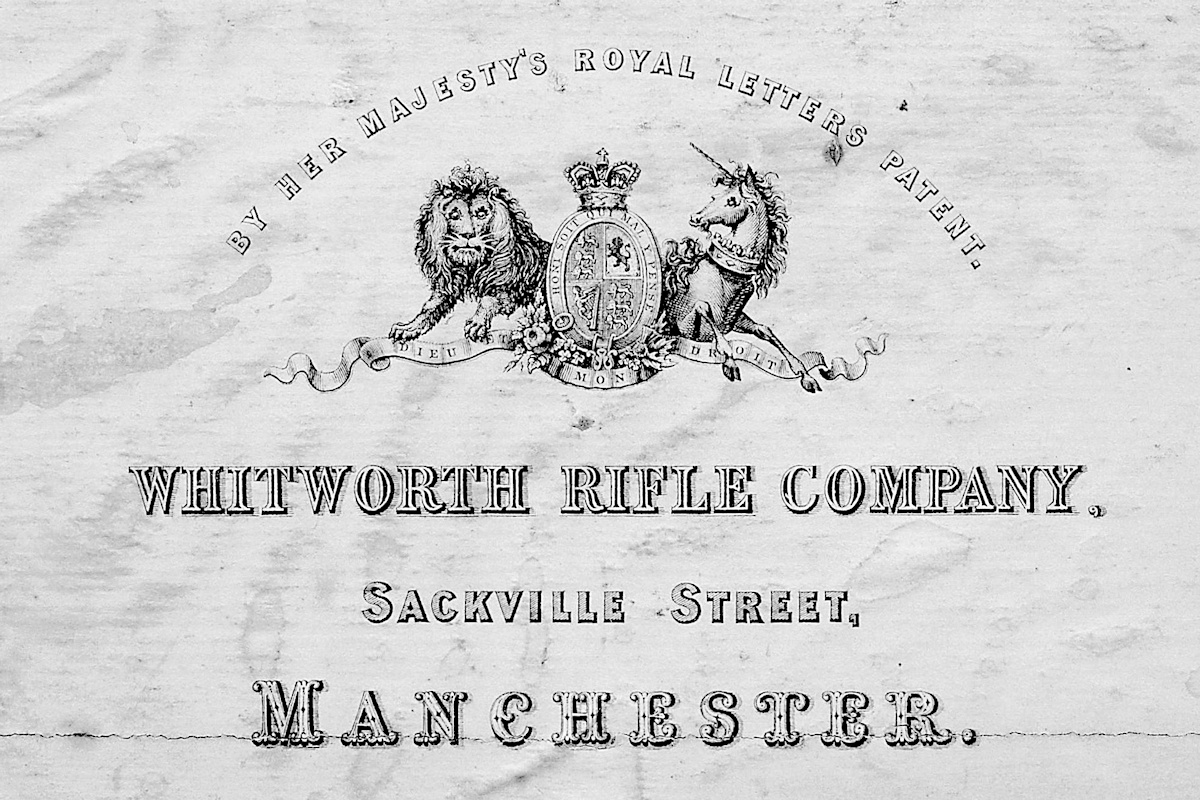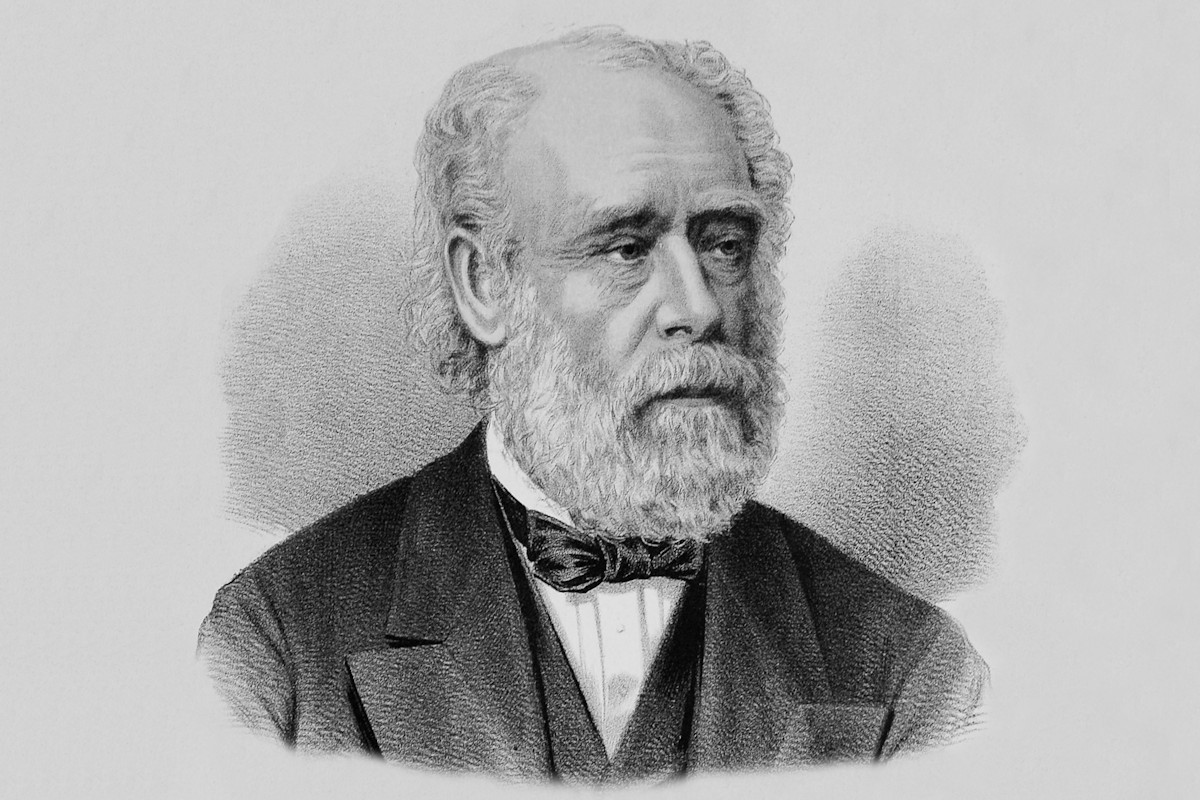You are here: Home > Research > Hex Bore
Written by: Sir Joseph Whitworth
Introduction > Comparative Trials > Hythe Trials > Woolwich Trials > Rifle Fired by the Queen > Ordnance Select Committee > Henry & Metford Rifles > Hexagonal Rifling
‘Miscellaneous Papers on Mechanical Subjects | Guns and Steel’ by Sir Joseph Whitworth, Bart., was published in London by Longmans, Green Reader, & Dyer in 1873. The text reproduced here is from Chapter II and concerns Whitworth’s involvement in rifle design. The remainder of the work concerns artillery and Whitworth’s ‘fluid-compressed steel.’
Preface
It is probable that few are aware of the manner in which I approached the subject of rifling guns, or know that the Whitworth rifle was produced as the result of many months of experimental research in the rifle gallery, five hundred yards long, erected in my grounds at Manchester. I cannot mention this fact without saying how much personal interest the then Commander-in-Chief, Lord Hardinge, took in the experiments, every stage of which he communicated to the Prince Consort. At that time I demonstrated every conclusion by the most carefully conducted trials, and I proved that the Enfield service rifle of that day was wrong in every particular. The diameter of the bullet was too large for the size of the gun, the bullet itself was too short, and the twist of rifling was not one-third of what it should have been. Accordingly, in the year 1857, the public trials of my rifle against the Enfield rifle, made by the direction of Lord Panmure, established the superiority of my weapon, as well as the soundness of the conclusions at which I had arrived.
In 1859 a Committee of officers reported that the bore of my muzzle-loading rifle was too small for use as a military weapon.
In 1869 another Committee recommended that the bore of the service breech-loading rifle should be exactly that rejected ten years previously.
IN the year 1854, when Lord Hardinge was endeavouring to obtain the best possible rifle with which to arm the British troops, he requested me to aid him by investigating the mechanical principles applicable in the construction of an efficient weapon. I willingly agreed to do so, subject, however, to the condition that I should have a suitable gallery, protected from changes in the wind and from fluctuations in the atmosphere, wherein to carry on the experiments which were necessary for enabling me to arrive at any sound conclusion.
It was absolutely essential to track the path of a rifle bullet throughout its entire course, to determine whether its point preserved a true forward direction, and to record its trajectory. This could be done most readily in a closed gallery provided with screens of very light tissue paper.
Accordingly a gallery, 500 yards in length, was erected in my grounds at Rusholme, in the year 1855. Its height was 20 feet and width 16 feet; it was slated, and had openings on the south side only for the admission of light and for getting rid of the smoke.
The first result of the work done in this gallery was the construction of my small-bore rifle.

